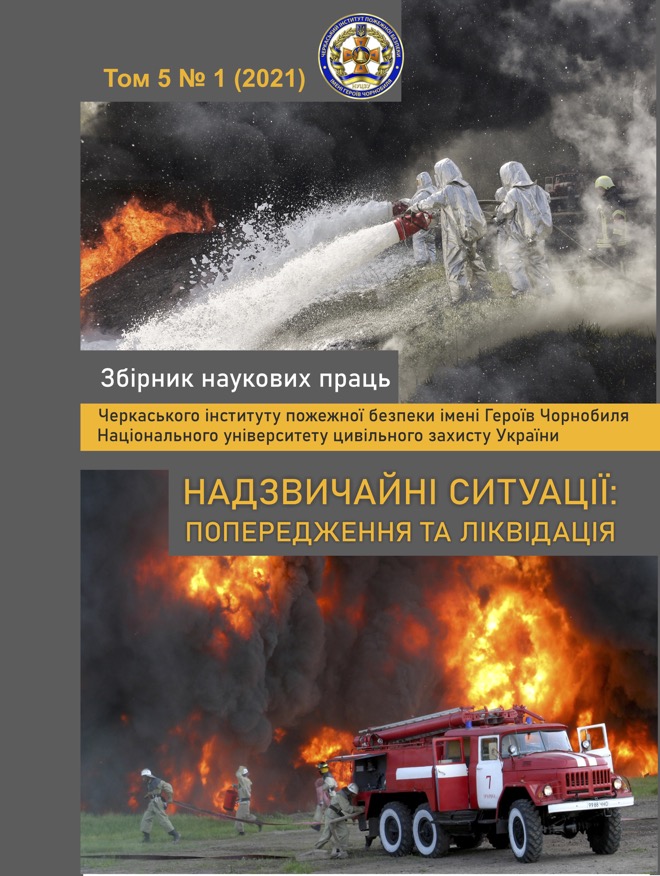ANALYTICAL METHOD OF SOLVING CURRENT HEAT EXCHANGE PROBLEMS
Abstract
In fire safety, the tasks to determine the heat exchange between different objects are relevant, for example, the calculation of the thermal impact of fire on the elements of buildings or structures. There are often problems in the scientific literature that determine the effect of a flame torch on various objects, such as the load-bearing walls of a building, the human body, pipelines, and so on. In most cases, the solution of these problems is to determine the time for which the object is heated to a critical temperature or to determine the maximum temperature to which the object can heat for a certain period of time. The article proposes an analytical method for solving heat transfer problems. The article simulates the fire of a 500 m3 vertical steel tank filled with fuel oil and calculates the thermal effect of the flame of a torch on a steel column located next to the tank at a distance of 5 m. According to the results of calculations, the graphical dependences of the heat flux intensity on the surface temperature of the steel column and the temperature difference between the surface of the column and the flame torch are derived. The results of heat flux intensity calculations are substituted into the differential equation of thermal conductivity and the temperature distribution over the column wall thickness is determined. At the same time, it is clearly demonstrated how to take into account the change in heat flux over time when calculating. As a result of calculations it is established that under the action of stationary heat flow the steel column warms up to critical temperature of 550 оC (823 К) for 550 s, and under the action of heat flux of alternating over time - for 853 s, which in turn is 5 minutes longer than under action stationary heat flow. Graphical dependences of the temperature on the surface of the steel column as a function of time are derived, which allow to compare the results of calculations at steady heat flux and variable with time.
Also in the article other methods of calculation of similar problems of heat exchange such as use of the software like "ANSYS CFX", "SOFIE", "FLOW-3D" etc. are considered. Their advantages and disadvantages are noted.


